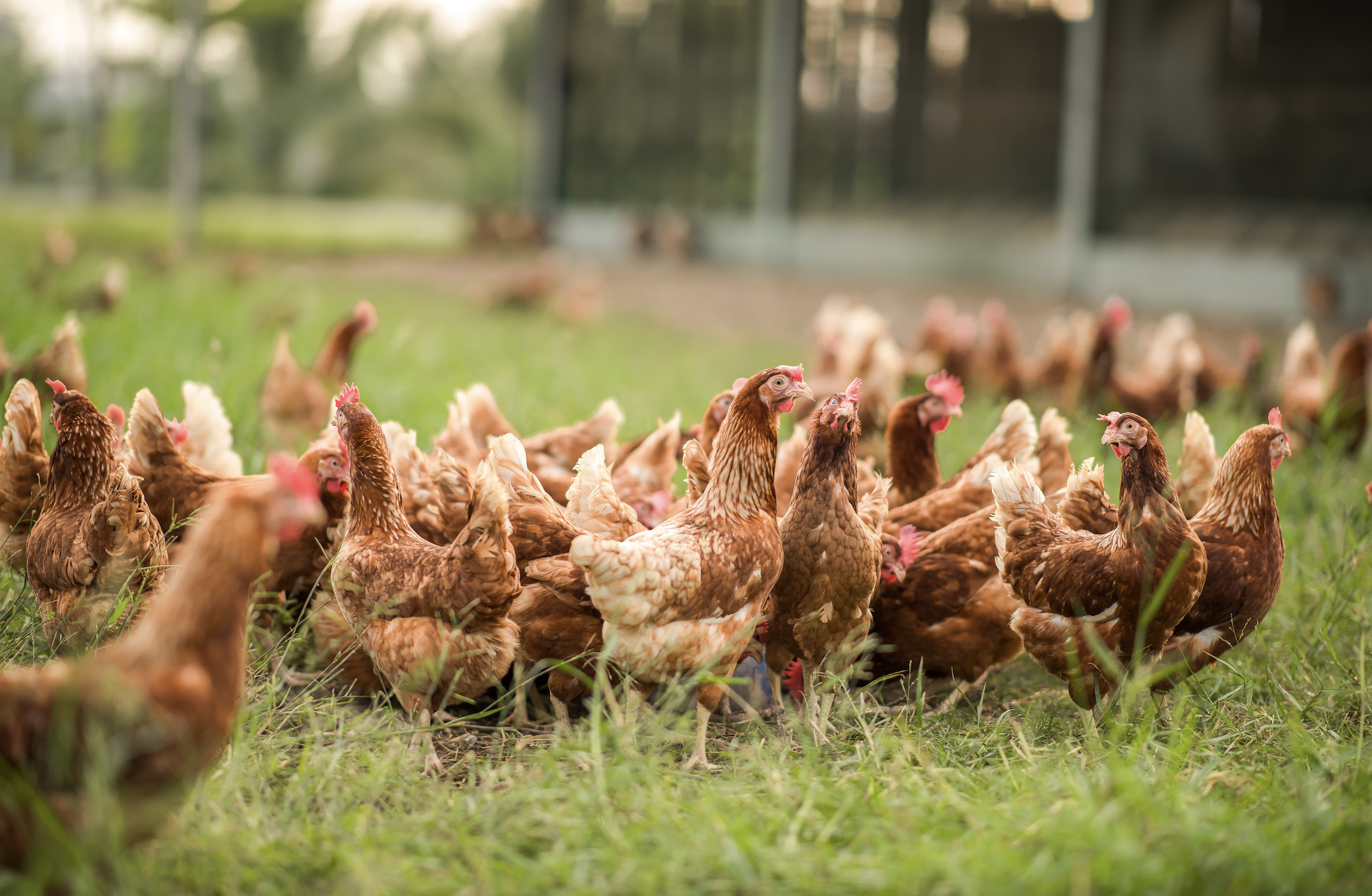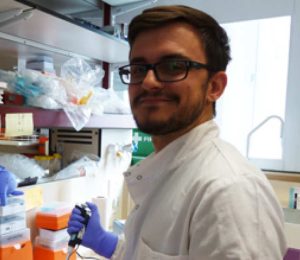
The largest ever outbreak of bird flu is spilling over into mammals, including foxes and otters in the UK. Could this transmission see a jump to humans? Dr Thomas Peacock from the Department of Infectious Disease discusses.
Avian influenza virus has been featured prominently in the news again over the past few months. Headlines urge vaccine stockpiling, show images of beaches covered in dead sea birds or seals, or people in hazmat suits carrying bin bags full of dead birds or mink. Three years into the COVID-19 pandemic, is another pandemic unavoidable?
We have been in this situation before, back in the late 1990s and early 2000s, headlines spoke of ‘bird flu’ – H5N1 viruses ancestral to the ones currently circulating in Europe – as the inevitable coming pandemic. In fact, in 2009 an influenza pandemic did occur, but rather than the deadly H5N1 bird flu, it was caused by an obscure swine influenza virus that passed onto humans and caused the 2009 ‘swine flu’ pandemic.
So, what’s changed this time? The biggest difference is that the current batch of H5N1 viruses (which are ‘catchily’ referred to as clade 2.3.4.4b) have spread far further afield than the outbreaks of the early 2000s. These viruses are now widely found in Europe, Africa, North America, and most recently South America for the first time ever. This might be attributed to a relatively new property of these viruses – the ability to infect and hitch a ride on migratory waterfowl such as ducks and geese without causing them to get so sick that they die before travelling. Over the last few years this new virus has worked its way across international migratory flyways causing swathes of destruction in their path.
A ‘panzootic’
This ‘panzootic’ – a pandemic of animals – has wrought havoc amongst native seabirds and farmed poultry alike, both of which appear extremely susceptible to severe disease. Additionally there has been an unprecedented number of cases detected in wild mammals, particularly those that predate or scavenge these birds such as foxes, bears, otters, seals and sealions. Whereas previous H5N1 outbreaks have largely been in the far East – China, Vietnam or Indonesia – these new viruses have infected wild bird and mammals right at our doorstep in a highly visible way.
Furthermore, there have been some worrying trends in the mammals infected, some suggestion that H5N1 viruses may be transmitting between some mammalian species, such as sealions and seals. Most concerningly was an outbreak at a Spanish fur farm amongst mink. Mink are closely related to ferrets, which are known to be unusually similar to humans in their susceptibility to influenza viruses, and their ability to select for influenza mutations that are associated with human transmission. Indeed, at least two types of mutations associated with mammalian adaptation were present in the mink H5N1 virus.
Still an open question
One small reassurance compared to the early 2000s is the lack of human infections in this current panzootic – at least so far. At present there have only been four recorded cases (and no deaths) in Europe and the Americas during this outbreak – this is in contrast to the hundreds of recorded cases and deaths two decades ago. A recent death in Cambodia of H5N1 virus in a 12 year-old girl turned out to be from a completely different strain of the virus, more similar to those that were causing concern back in the early 2000s. Whilst mink or seals could well select for mutations that promote human-to-human transmission, at the end of the day an influenza pandemic has to start with a zoonotic (direct transmission from an animal to a human) infection and these appear to still be rare at present.
We have some understanding about the types of mutations and adaptations an avian influenza virus, like these current H5N1s, would need to gain for human-to-human transmission. However, it’s still an open question whether these would be enough to cause a pandemic or if these mutations are even likely to occur. Almost any answer is still on the table, all the way from it being impossible to near inevitable (and you can likely find advocates in the scientific community for both ends of that spectrum). One thing is for sure, the more the virus circulates in animals, the more interface there will be with humans, paving the way for that unlucky zoonotic event. In recent weeks several eminent infectious disease experts have called for precautionary stockpiling of H5N1 vaccines while the EU is starting to soften its stance on not using avian influenza vaccines in poultry. Several trials of potential poultry vaccines are ongoing across Europe.
COVID-19 lessons
Whatever the risk for humans, this H5N1 virus is not expected to go away any time soon and will likely continue to drive many endangered bird species to the edge of extinction. The longer the virus remains at high circulation the more ‘rolls of the dice’ it will have to gain the wrong combination of mutations in mammals – whether these be seals, farmed mink or humans. If anything has been learned from the COVID-19 pandemic, it’s that effective vaccines and antivirals can greatly blunt the brunt of an incoming virus. Therefore, it seems prudent to hope for the best, but prepare for the worst.
Interested in examining the nature of viruses and their importance in human, animal and plant diseases? Engage with leading experts in virology and molecular biology – including Dr Thomas Peacock – on our postgraduate taught course – Molecular Biology and Pathology of Viruses (MSc). 